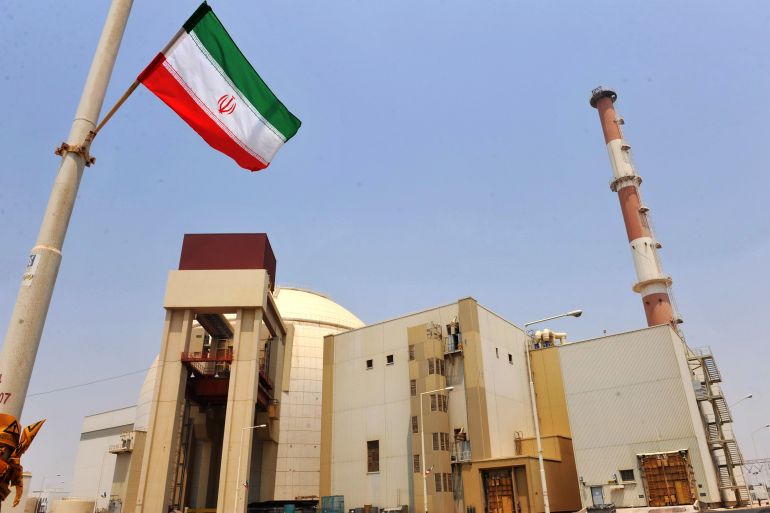Where does the Iran nuclear deal stand right now?
With a lot of ups and downs, there were numerous reports of near breakdowns in talks or imminent deals throughout last year.

Tehran, Iran – There is a lot of talk about Tehran allegedly enriching uranium particles to near weapons-grade levels and simultaneous calls to lift sanctions amid attempts to revive the 2015 Iran nuclear deal.
The Joint Comprehensive Plan of Action (JCPOA), as it is formally known, was signed between Iran, China, Russia, the United States, France, Germany, the United Kingdom and the European Union in 2015. It put strict curbs on Iran’s nuclear programme in exchange for lifting sanctions.
The US unilaterally withdrew from the deal in 2018 under President Donald Trump, who maintained the deal was not doing enough, and imposed its harshest sanctions which are in effect today.
With President Joe Biden in office, indirect talks with Tehran – mediated by the European Union and attended by signatories – began in Vienna almost two years ago since there were no viable alternatives.
How has restoring the deal gone recently?
- With a lot of ups and downs. There were numerous reports of near breakdowns and imminent deals throughout last year.
- By September, a final text was hammered out based on a European offer, but ultimately fell through with Iran and the West accusing each other of not being serious enough to cross the finish line.
- A deadlock, which been accompanied by significant developments inside and outside Iran, has since persisted.
- Western parties have imposed multiple rounds of sanctions on senior Iranian officials and entities for allegedly supplying Russia with drones for the war in Ukraine. Tehran says it opposes war and had sold drones to Moscow months before the war.
- Mass protests spread across Iran after the September death of 22-year-old woman Mahsa Amini in police custody. Iran accused the West of organising the unrest and the West imposed many rounds of human rights sanctions to punish Tehran’s response to the protests.
Where do talks stand now?
- Washington has maintained restoring the JCPOA is currently not a priority. Tehran accuses US officials of hypocrisy as it claims it has received backchannel messages for a deal.
- Both sides have touted their own versions of a “plan B” if the deal is dead, which has prompted concerns that it could ultimately involve a military confrontation. But neither has been eager to declare the accord dead for good.
- There have been no public signs of progress in the talks, and Western parties continue to urge Tehran to increase its level of cooperation with the International Atomic Energy Agency (IAEA).
- Iran and the US have also been in talks over the exchange of prisoners they hold on various charges, something that at times has been intertwined with the nuclear talks but could potentially produce results separately.
What are the latest developments?
- A potential visit to Tehran by IAEA Director General Rafael Grossi has been under discussion for months as Tehran continues to accuse the nuclear watchdog of being used by opponents of the nuclear deal as a “political tool”.
- Grossi has called the nuclear deal, as it currently stands, an “empty shell” but has stressed the need to grant more inspection and monitoring access to verify the peacefulness of the Iranian nuclear programme.
- On Sunday, Bloomberg reported that agency inspectors have found uranium enriched to 84 percent – the highest levels ever seen in Iran and close to the 90 percent required for a bomb.
- Iran maintains it does not want a bomb.